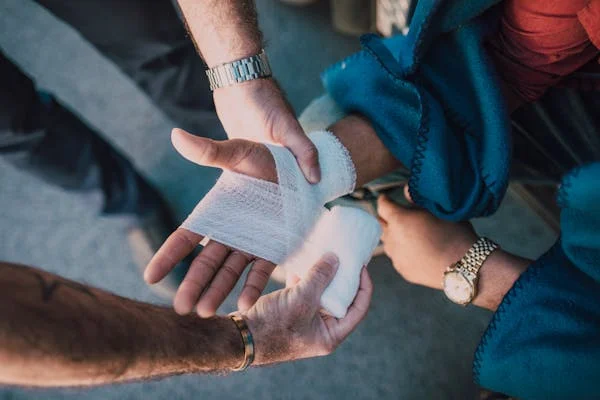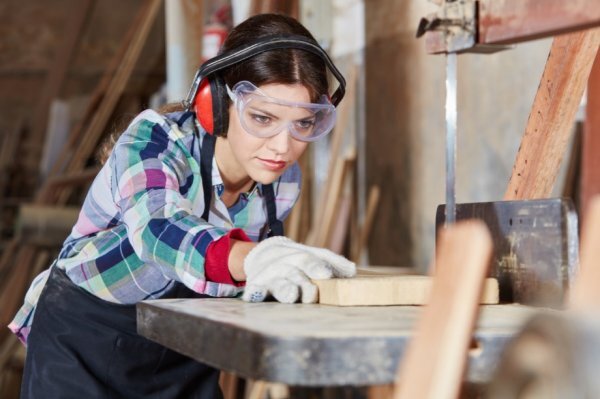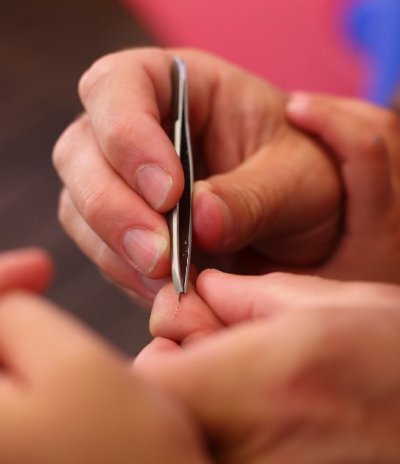Working with Wood: Tips for Avoiding Splinters and Other Injuries

Woodworking is a craft that combines the beauty of nature with human creativity and skill. However, like all forms of craftsmanship, it comes with its own set of hazards. Splinters, cuts, and other injuries can be commonplace if proper care is not taken.
At Atlas Dowel and Wood Products, where we craft a variety of wooden products, from dowels to turnings, we know the risks and safety measures necessary to avoid them. In this article, we will share some valuable tips for keeping safe while working with wood, emphasizing how our products are designed with your safety in mind.

Understanding Woodworking Injuries
Woodworking injuries can range from minor splinters to more severe cuts or even machinery-related accidents. Splinters are often considered a minor nuisance, but they can be painful and, if left unattended, can lead to infection. Cuts from sharp tools or machinery are also common and can be quite serious. Therefore, it is essential to approach woodworking with a respect for the tools and materials you are working with.
Proper Handling of Materials
When handling wood, it's important to do so with care to avoid splinters. Woods like pine or cedar are known for their tendency to splinter easily, making them more hazardous in this regard. However, even hardwoods can splinter, especially if the wood is dry or the grain is irregular.
At Atlas Dowel and Wood Products, we ensure our dowels and wood products are smoothly finished to reduce the risk of splinters. Our dowels are sanded and finished to a uniform texture, which not only looks professional but also minimizes the chances of getting a splinter when handling them.
Using the Right Tools
Using the right tools is crucial in woodworking. Dull or improper tools are not only inefficient but also increase the risk of injury. Sharp, well-maintained tools are less likely to slip and cause an accident. For instance, when cutting dowels to size, a sharp saw blade will make a clean cut without requiring excessive force that could lead to a slip or misstep. We encourage the use of appropriate cutting tools for our products, and we can provide guidance on the best methods to cut, shape, or drill our dowels and turnings safely.

Personal Protective Equipment
One of the simplest ways to avoid injuries while working with wood is to wear personal protective equipment (PPE). Safety goggles will protect your eyes from sawdust and flying debris, while gloves can help prevent splinters and cuts. However, gloves should be used with caution, as they can sometimes get caught in machinery. For certain tasks, such as operating a lathe or drill press, it may be safer to rely on other forms of protection like push sticks or holding devices.
Keeping a Clean Workspace
A clean and organized workspace is a safe workspace. Keeping the area free of sawdust and wood scraps can prevent slipping or tripping hazards. Furthermore, a well-organized tool station ensures that sharp tools are stored correctly and are less likely to cause accidental cuts. Atlas Dowel & Wood Products maintains a clean and orderly environment, knowing that good housekeeping is not just about aesthetics but also about safety.
Safe Machinery Operation
Many woodworking injuries are related to machinery. It is imperative to read and understand the operating manuals for all woodworking machinery, even for seemingly simple devices. Never bypass safety features or guards on saws, lathes, or drills, as these are designed to keep you safe. Additionally, ensure that you are fully focused when operating machinery—distractions can lead to mistakes with serious consequences.

First Aid and Splinter Removal
Despite all precautions, splinters can still happen. Knowing how to remove a splinter properly is important to prevent infection. Use sterilized tweezers and gently pull the splinter out at the same angle it entered the skin. If a splinter is too deep or the area becomes red and inflamed, seek medical attention. Keeping a first aid kit in your workshop is a must for handling minor injuries immediately.
Educating and Training
Education and training are vital in preventing injuries. Whether you're a hobbyist or a professional, taking the time to learn about woodworking safety can make all the difference.
We believe in educating our clients and staff about the safe handling of wood products. We also recommend that all woodworkers, regardless of experience level, refresh their knowledge regularly and stay updated on safety protocols.
Safe Woodworking with Atlas Dowel
Woodworking is a rewarding activity that can be enjoyed safely with the right precautions. By properly handling materials, using the right tools, wearing appropriate PPE, keeping a clean workspace, operating machinery safely, practicing first aid, and committing to ongoing education, the risk of splinters and other injuries can be significantly reduced.
At Atlas Dowel and Wood Products, safety is a cornerstone of our philosophy. Our products are designed and finished with the well-being of the user in mind, ensuring that our customers can focus on the joy of creation without the worry of injury. As you work on your next project, remember that taking a little extra time to work safely is worth the effort, keeping the craft of woodworking enjoyable and injury-free.
For more wood safety tips, follow Atlas Dowel on Facebook and Twitter today!
Happy with the Atlas Dowel difference? Leave us a quick five-star review here!

